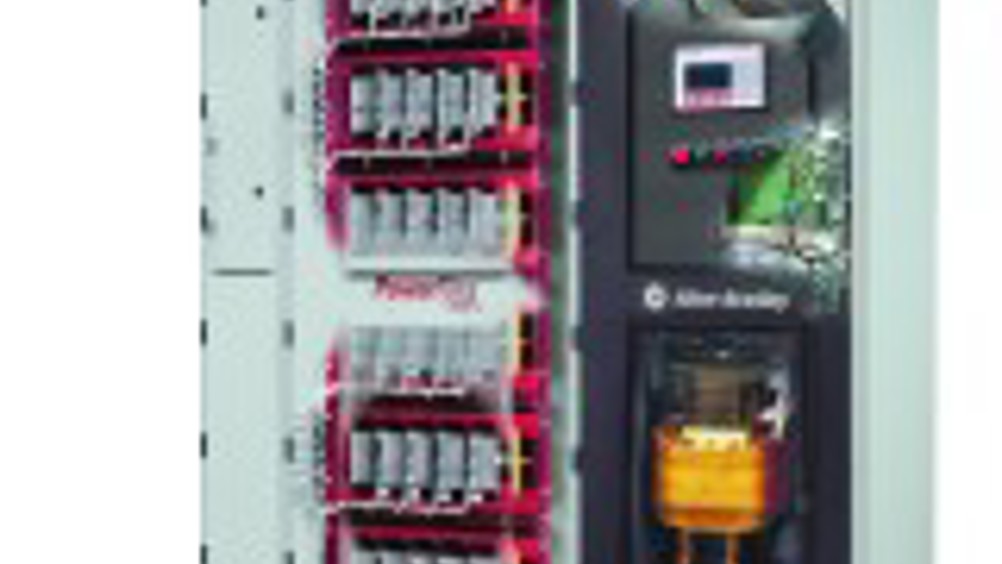Long-distance motoring with a difference
New technology is allowing motors to be driven from 15km away. Tom Shelley reports

By using suitably designed variable speed drives, it is possible to control down-hole pumps remotely – and from long distance.
In this way, the working lives of motors and pumps can be extended in locations where they are very difficult to repair or replace, at the same time reducing the risk of damage to geological formations and minimising stress to insulation between cables.
There are a number of reasons for using variable speed drives on such down-hole pumps, according to Frank Ponsonby, sales manager of Aberdeen-based Masterpower Electronics, which uses Rockwell Medium Voltage Drives to control the speeds of down-hole pump motors running at up to 6.6kV, many kilometres away.
“Starting is much more gentle,” he says. “The conventional way of starting electric motors is to apply full voltage power all at once, but the resulting high currents and torques produce stresses as they start up, shortening the lives of both pumps and motors.”
Also, in a down-hole application, there is a risk of causing complications, he adds, if pumping speed exceeds oil delivery rate.
Ponsonby likened this to sucking too hard through a straw inserted into a Slush Puppy drink. “This can result in getting insufficient flow, or sucking in excessive sand, and/or damaging the oil producing formation.”
Using a drive on an oil platform to run a pump and motor, distances of 15km and beyond are practical, he says. The major obstacle when using conventional inverters to do this is the occurrence of voltage spikes. Ponsonby explained that these arise from the use of capacitors in the DC bus between the rectification and inverting sections of the drives. Because PWM (pulse width modulation) requires very fast switching, this results in very high rates of change of voltage – dV/dt. Generally, there is a requirement for a secondary filter.
However, significant voltage spikes will still travel out along the cables and be reflected back. Where transmitted and reflected spikes meet, the voltage spikes combine their amplitude, which may be severe enough to cause flashover through the insulation between the cables. Ponsonby equates the transmission of voltage spikes along cables to waves that can be induced in a skipping rope, fixed at one end.
The solution adopted by Masterpower is to use quite different drive circuitry. Instead of a DC voltage storing capacitor in the link between the rectifier and inverter sections, there is a DC current inductor between the rectifier and inverter to store energy. The inverter uses Symmetrical Gate Commutated Thyristors (SGCTs) and an AC capacitor at the output. The rectifier is controlled using identical SGCTs, instead of uncontrolled simple diodes. The net result is that the inverters do not produce voltage spikes and the pump motors can be safely controlled without risk of damage to the cables.
The system is used in more than 50 wells in the North Sea and on several thousand applications elsewhere in the world, driving motors rated at up to 6715kW.
Pointers
* Using down hole pumps powered through variable speed drives enhances motor and pump life by ensuring soft starts. It also avoids possible sucking dry, with consequent entrainment of excessive amounts of sand and damage for oil-producing formations
* Modifying the inverter design avoids the generation of voltage spikes that might otherwise cause flashover damage when outgoing and reflected spikes meet and combine










